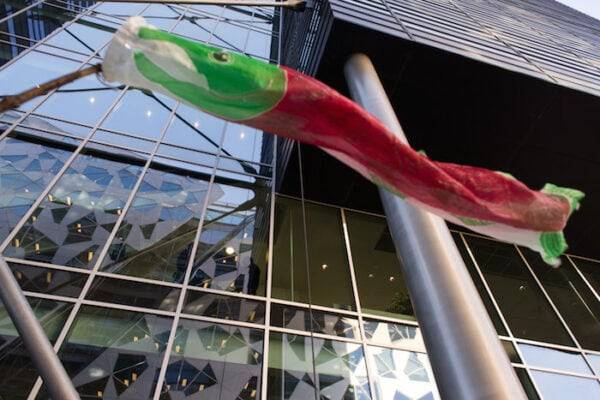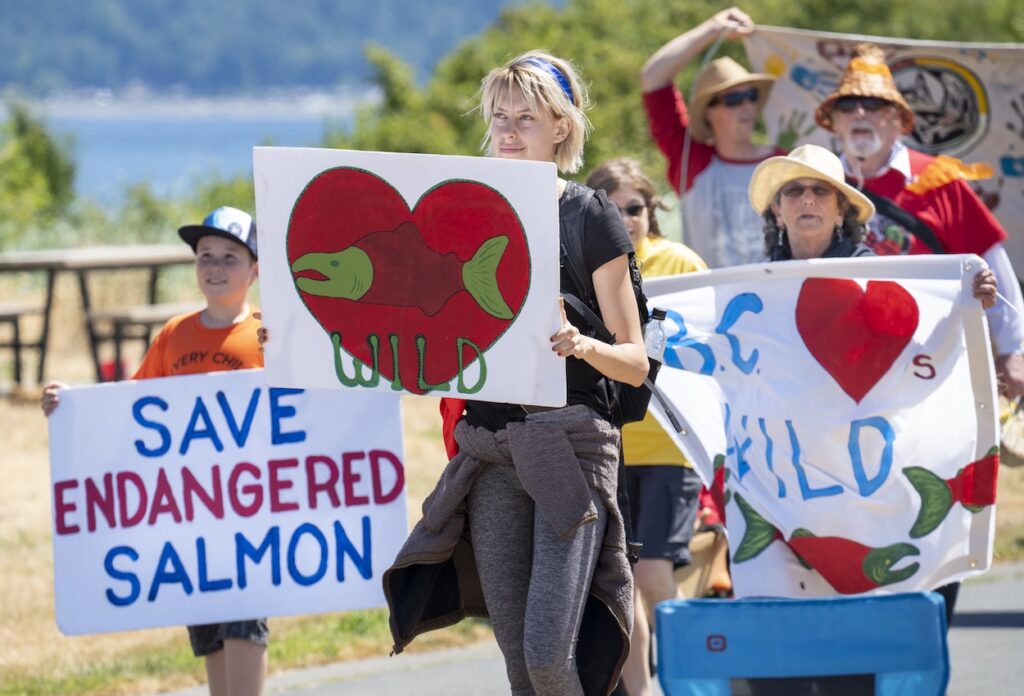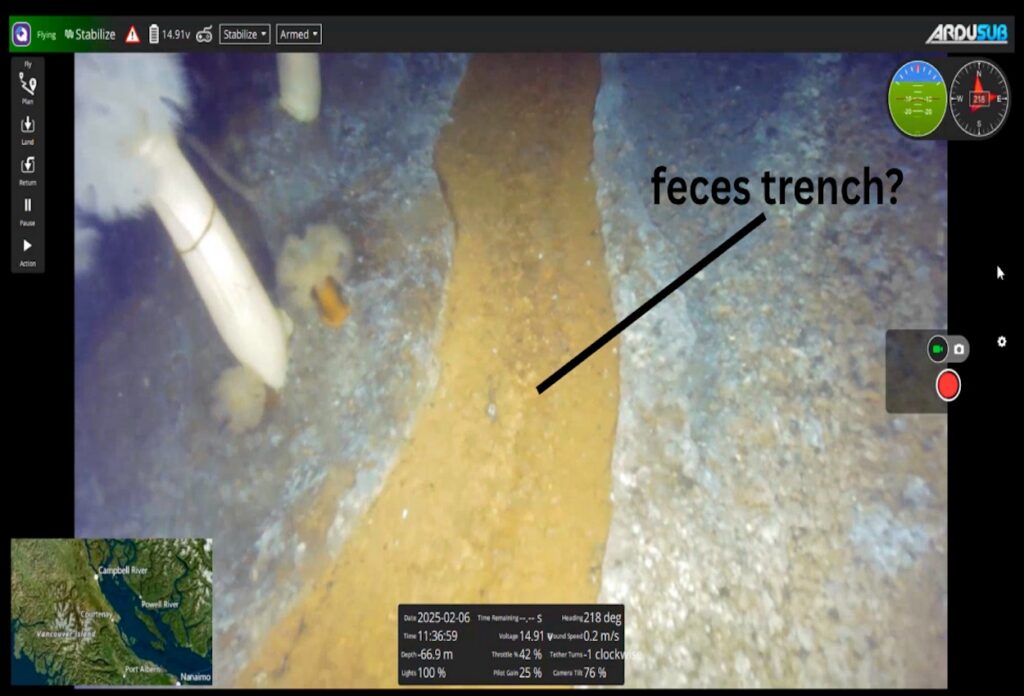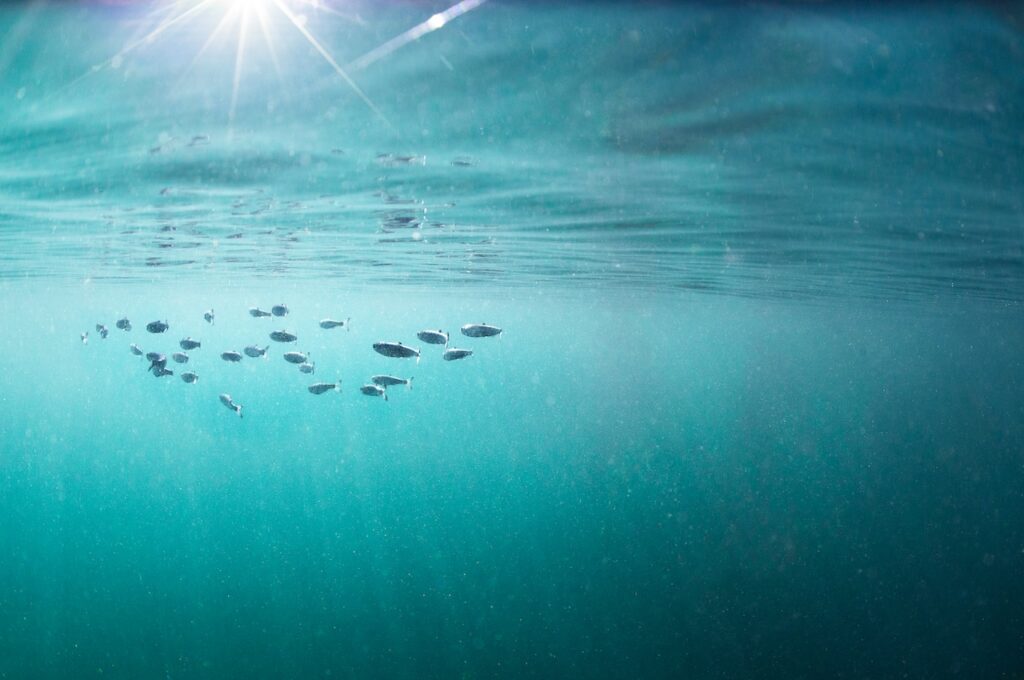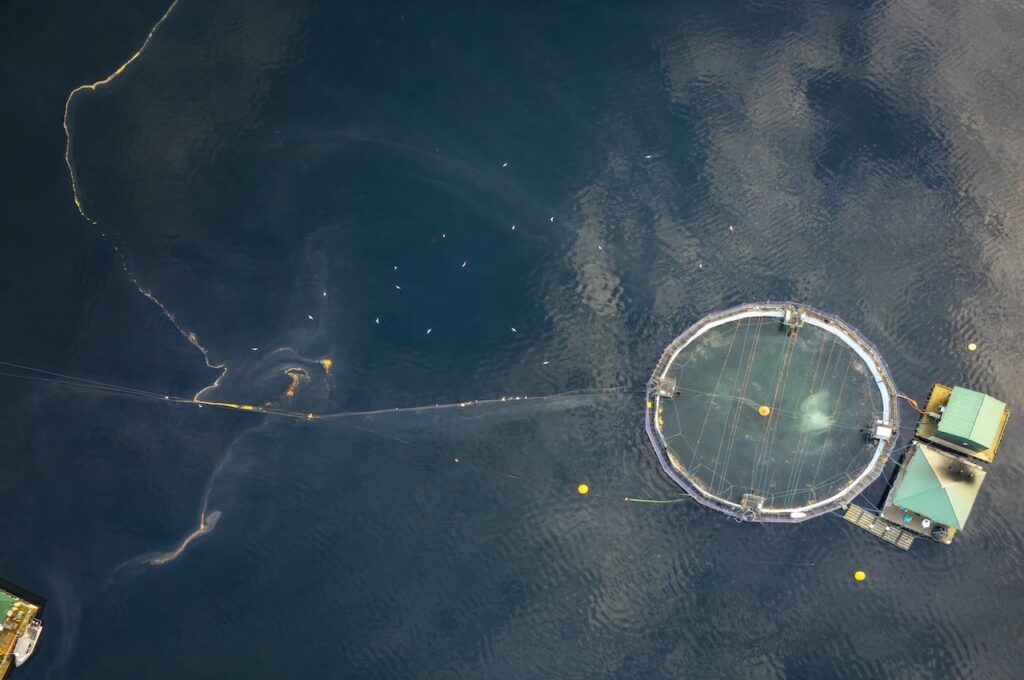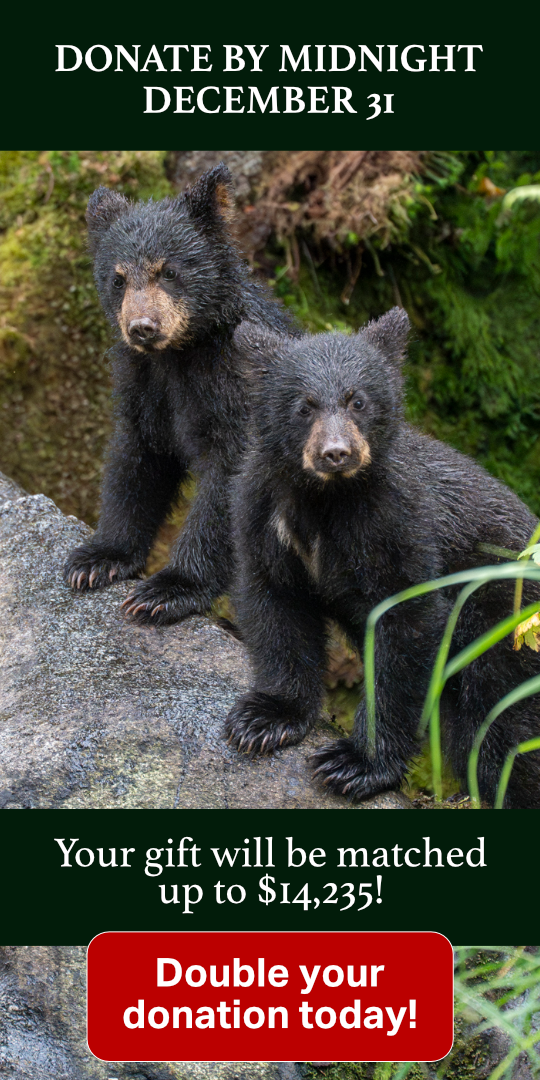On the final day in Oslo, the Wild Salmon Delegation met with Cermaq, the Norwegian company with 15 salmon farm sites in Clayoquot Sound UNESCO Biosphere Reserve. We visited Cermaq to share with them the reasons why the Delegation had come to Norway; and to discuss our perspective on the similarities and differences between British Columbia and Norway, the emerging consensus that open-net salmon farming is a dinosaur technology, and the tide change unfolding daily in major Norwegian media.
Norwegians were surprised to learn about the nitrogen pump in BC—wild salmon transport ocean-based nitrogen up rivers and fertilize the growth of temperate rain forests. This connection between wild salmon, monumental cedars, and the bears, wolves, and eagles was novel over there. They also wanted to learn about the importance of cedar and salmon to indigenous cultures throughout BC.
“Salmon farming must be conducted on Nature’s premises”
Norway, like Canada, is a country which values Nature, and is proud of their clean and healthy environment. We heard a clear consensus from politicians of all parties—from the leader of the Green Party, to new fisheries minister Per Sandberg. He spoke at the Wild Salmon in the North conference this week in Alta, saying “Wild salmon are an important priority for Norway, and salmon farming must be conducted on Nature’s premises, not those of humans”.
Turns out the Sami indigenous people living in northern Norway face similar challenges to indigenous people in Canada. Aili Keskitalo, President of the Sami Parliament also spoke in Alta. She said “We find it hypocritical to restrict traditional fishing to save wild salmon, yet at the same time promote ocean dumping of toxic mine tailings in Repparfjorden, a National Wild Salmon Fjord”.
BC wild salmon economy 8 times bigger than salmon farming
Some things are different in Norway, where for example the biomass of farmed salmon is one thousand times bigger than the biomass of wild salmon, and the wild salmon economy is a thing of the past. In British Columbia, the wild salmon economy is eight times bigger than salmon farming; supporting indigenous, commercial, and sports fisheries, as well as a $1.4B ecotourism industry. Salmon farming puts this pre-existing economy at risk.
A clear consensus has emerged over the past two weeks, through meetings with wild salmon advocates, academics, and an investigative journalist. When asked the question, “how can Canada avoid the problems Norway is experiencing with open-net pen salmon farming?”, without hesitation every single person replied: “Shifting to closed containment production is the only way forward”.
There has long been a consensus from the industry in Norway. Until recently the industry’s voice has been: to the extent they were willing to acknowledge any problems, they would say “we are working on this, and technological solutions will be in place in a couple of years”. But they have been saying the same thing for decades.
“Tide change beginning to sweep Norway”
Signs of a tide change beginning to sweep the industry are breaking daily in major Norwegian media. Dagbladet, the country’s second biggest paper, ran a story pointing out that catches are plummeting in the Alta, “the world’s best salmon river” as the amount of farmed salmon in the nearby Altafjord increases. The production manager of Grieg Seafood’s operations in Alta was quoted saying: “The only solution is to get the fish into closed containment”.
The following day the front page of the paper in Bergen read: “CEO of Marine Harvest prepared to invest US $100M: if everything works as planned, closed containment systems will replace open-net pen salmon farms”.
The Delegation also met with MP Frank Bakke-Jensen, from the governing party, and suggested that with the clear consensus emerging in Norway finally being acknowledged by industry, the government runs the risk of no longer providing leadership, unless they get out in front of the parade.
After meeting with Cermaq we met some Oslo friends outside, and held up banners and flags to demonstrate that wild salmon people are on the move in Norway. It was a perfect way to end our time in Oslo—because Cermaq’s offices are located at the mouth of the Akerselva River, where we’d recently seen a wild salmon spawner which had literally swum under the cobbles beneath our feet, heading up the river.
Returning to Canada informed, connected and stoked
The Wild Salmon Delegation returns to Canada better informed about the state of crisis in which the Norwegian industry finds itself due to sea lice, disease outbreaks, and genetic pollution of wild stocks. We’re connected to the wild salmon movement in Norway, and stoked to continue to advocate for protection of wild salmon. Perhaps most exciting of all is the connections which Ahousaht citizens n̓aasałuk (John Rampanen) and his son Qwyatseek wove with Sami people, who have depended not only on the reindeer herds but also the wild salmon for millennia.
A special thanks to Rune Jensen from Salmon Camera who helped develop the Norway ground plan; Kurt Oddekalv from Green Warriors of Norway, the Delegation host in Bergen who also facilitated the Alta action; and Sami reindeer driver Åsá Márgget Anti, who opened her heart and home, introduced us to Sami elder Tore Bongo, and took n̓aasałuk and Qwy reindeer herding in the middle of a sub-zero Arctic night. Ollu gittu, ƛeeko ƛeeko, tusen takk—a thousand thanks from the bottom of our hearts to everyone who supported the Wild Salmon Delegation to Norway—in so many ways!
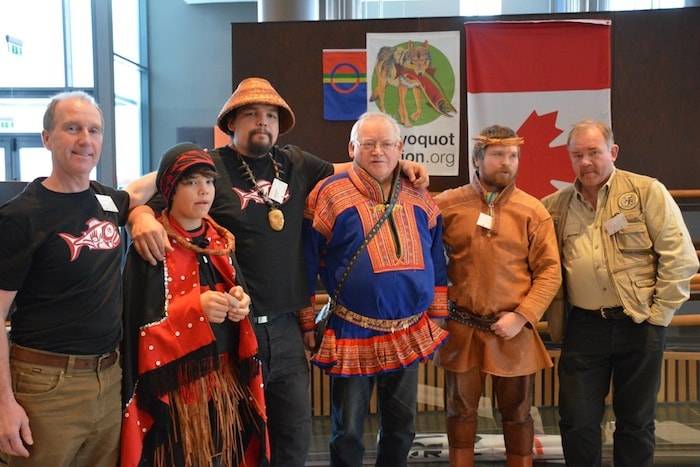
Dan Lewis was in Norway with Clayoquot Action’s Wild Salmon Delegation.
